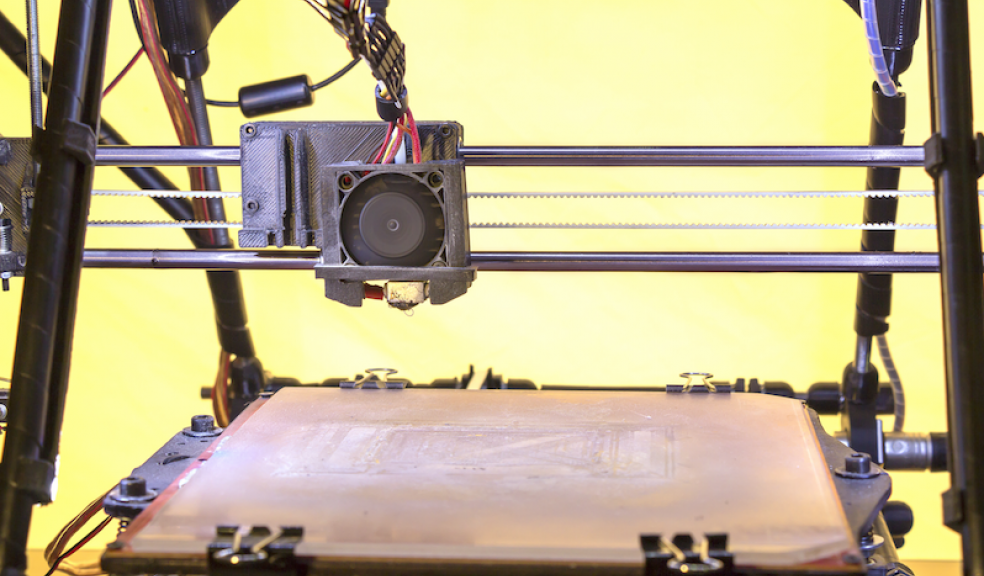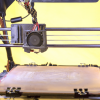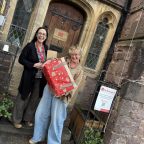
3D cloning of RAMM's collections
Exeter’s Royal Albert Memorial Museum (RAMM) and Exeter Library’s FabLab are collaborating to see how 3D printing technology can be used to replicate objects from the museum's collection.
Interested by the potential of printable replicas to increase visitor engagement and generate revenue Tony Eccles, curator of Ethnography, started investigating 3D printing technology. The FabLab at Exeter Library now makes scanning and 3D printing accessible to the local community and local institutions, including RAMM.
Ethnography meets 3D printing - Selected for their beauty and simplicity, three Omo bells were scanned, to find out how much detail it is possible to capture using a handheld 3D scanner. The scanner was operated by FabLab volunteer and Design Engineer Hector Morton in a process that required a lot of patience and a steady hand. The initial results from the scanning were positive, producing a recognisable 3D model with much of the detail intact.
Engaging with Technology - The model demonstrated that 3D printing can be used to create a reasonably accurate replica of an object, even if it's missing some of the finer details and isn't hollow like the original. All the main features of the Omo bell were replicated and, unlike the original, the plastic clone can be handled. New ways of engaging with the object quickly became apparent: three people immediately said it would make a great Christmas tree decoration.
The first plastic printout is roughly half the size of the original, and took 4 to 5 hours to print, so the commercial potential seems limited at the moment. However this initial result opens up the possibilities of how we can make and use clones of our favourite objects.
RAMM's face bells, called omo, are believed to have been created by the Yoruba of Nigeria in the late 19th century. Judging by their style, they were likely produced in ljebu-Ode, an ancient town situated in the southwest of Nigeria. ljebu-Ode was a major centre for copper alloy casting using the 'lost wax casting' method. The bells were once owned by the Olisa and other prominent provincial kings, the sound announcing their presence. A single bell was worn on a sash over the right shoulder so that it would hang at the left hip.
Volunteers Making a Difference - Tony Eccles was introduced to the FabLab by Mark Jones, a volunteer at RAMM with a keen interest in and considerable knowledge of the latest digital developments. For information and suggested uses for 3D printing with RAMM's collection, contact mark.jones@exeter.gov.uk. FabLab is run by volunteers.

















